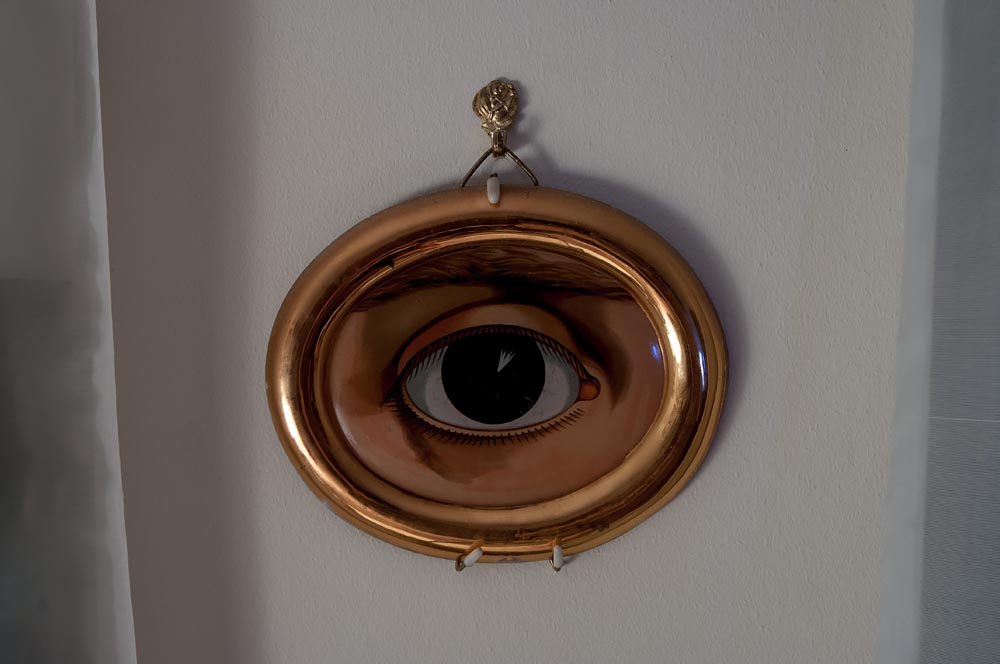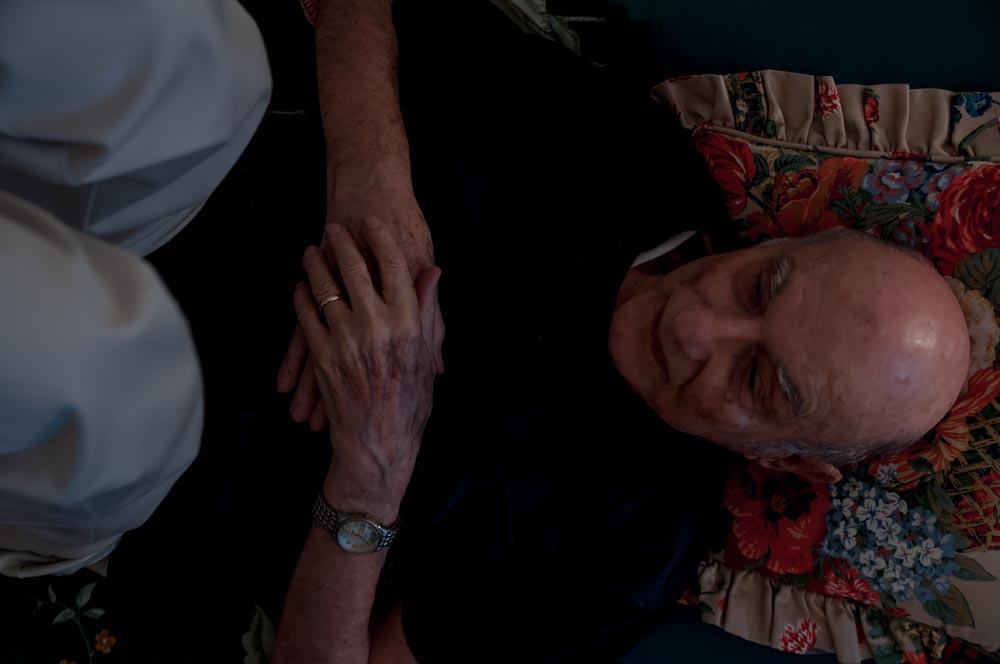
Is There a “Snapchat Aesthetic”?
Similar to the “snapshot” aesthetic that developed out the 60s, and influenced artists such as Garry Winogrand and Diane Arbus and many others, it’s important to review popular culture’s usage of current image making tools. In the sixties and seventies, easy to use cameras brought photography to the masses; today, it could be phone apps.
Snapchat, the app whose images disappear without a trace (mostly) is interesting to look at. Notoriously, some have used this for more illicit purposes, but most teens and those in their twenties have abandoned Facebook long ago to gravitate towards this app en masse. There are many dozens of millions of users who post here daily. And amazingly, all the half a billion images disappear just as quickly.
If you’ve not used it, Snapchat is a simple way of taking pictures. Just open the app, point, and click. Write a caption if you want and select who of your followers to send it to. One option, “My Story,” lasts for twenty-four hours; otherwise the images disappear seconds after viewed.
How can this of interest to photographers?
There are a few interesting aspects here.
First, you can only post an image that you actually take. This gives the app an air of authenticity since you must add an image in real time. Once posted, viewers can click on the image to see it. But once seen, they can never see it again. This gives a precious, unique quality to the viewing process. Also, there is a closed system of viewers: they must find you and follow you which is less easy to do than Instagram or Twitter, for example, where you can easily follow strangers.
With this in mind, Snapchat is a somewhat curious method for disseminating images, since its impermanent fleeting nature makes it more akin to a one-time Polaroid in a way, or almost the opposite of the latent image: once seen, it dissolves away. Images fade between three to ten seconds or so, contrary to “photographs,” which usually have a permanence associated to them.
What if images were made to disappear? How would looking at photographs change?
We are used to sitting down, opening William Eggleston’s Guide or Robert Frank’s Americans, and pausing, looking and re-looking. What if after we opened the Americans, all the photos vanished after we turned the page? Or went to a gallery exhibition and after viewing, the photos would fade?
Disappearance As The Act of Seeing
A book of latent images seems unlikely, but Snapchat raises interesting questions for photographers, and how this might impact future image-makers. Just as the burgeoning then-new “fine art photographers” who looked at what was around them in the 60s, and developed the advent of Street Photography, more personal work and their variants, current and future art school artists are being influenced by the tools around them now.
One seismic shift could range with the very notion of what photography is: permanence could drop from the lexicon. Although in a sense, many images we currently see are very impermanent, such as television, websites, mobile phones and tablet devices the current expectation of a print lasting for years/decades or even a digital image showing up “forever” (who knows?) on the internet may be old fashioned thinking.
But if a photo is not long lasting, then does it’s emotional value shift to some other realm–more like film, where images just flash by but can be registered on a psychological level or more like…life, where we experience the world around us visually with immediacy but no tangible artifact to hold on to?


Comments are closed.